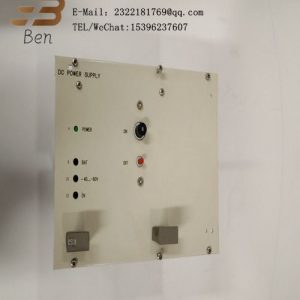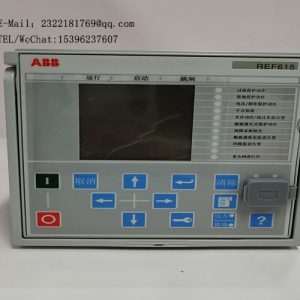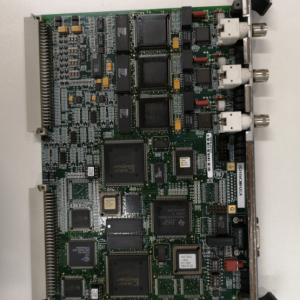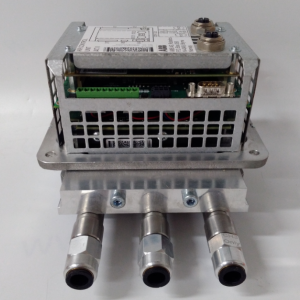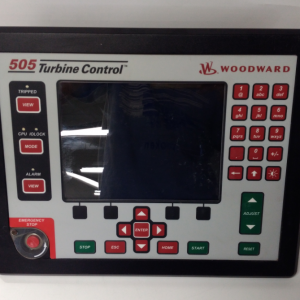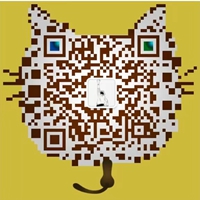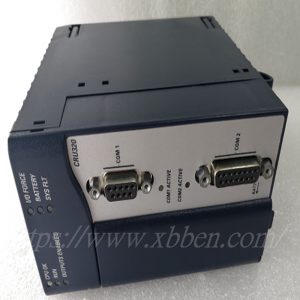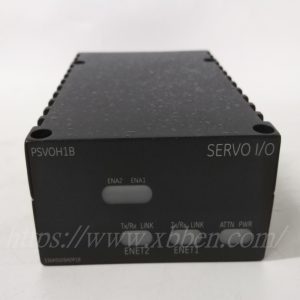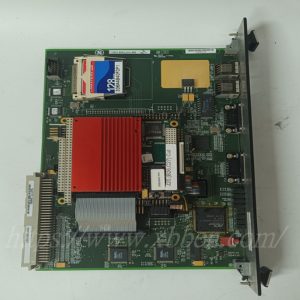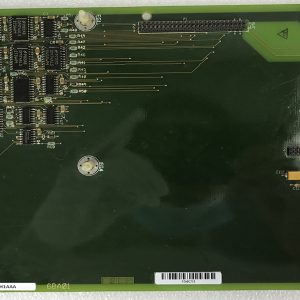Input and output modules, also known as control modules, can output signals when there is a control requirement, or provide a switching signal to make the controlled device act, and can receive feedback signals from the device to report to the host, and are an important part of the fire alarm linkage system. Input and output modules on the market can provide a pair of passive normally open/normally closed contacts to control the controlled equipment, some manufacturers’ modules can be set to active output through parameter setting, corresponding to the dual input and output modules, multiple input and output modules, etc.
The Digital I/O characteristic features allow the universal relay to gain contact inputs and contact outputs in order to control and monitor auxiliary equipment that may be within the protective application of the universal Multiiln relay’s specific application. Depending on the order options of the digital I/O modules contained by a universal relay and depending on how many are included, a universal relay can obtain up to 96 contact inputs (voltage rating to 250 volts) and up to 64 contact outputs. There are different types of GE Multilin digital I/O modules that dictate how many inputs and outputs each I/O module has and which type of inputs or outputs are available to the universal relay (UR). The UR-6CH for example has the 6C order option. This means that the outputs provided by this particular digital I/O module are 8 Form-C outputs. If more than one of these type of digital I/O modules is found in a particular relay then this increases the number of Form-C outputs that the universal relay has for use to benefit the specific end application.

The input/output module is the excuse for the connection of the PLC, a programmable controller, to industrial production equipment or industrial production processes. Input signals from the field, such as push-button switches, travel switches, limit switches and sensing outputs (pressure, flow, temperature, voltage, current), are sent to the PLC via the input module. processing of digital signals. The function of the input module is to receive the digital signals processed by the CPU and convert them into control signals that can be received by the field actuators to drive actuators such as solenoid valves, light displays, motors, etc. Programmable controllers have a variety of input/output modules whose types include digital and analogue input/output modules. These modules are divided into DC and AC, voltage and current types, each type has different parameter levels, mainly digital input/output modules and analogue input/output/modules, components are equipped with terminal blocks, in order to filter out the signal noise and facilitate the processing of the signal inside the PLC, these modules are with filtering, level conversion, signal latching circuit. Digital input module with a wide range of coupling circuit, its purpose is to isolate the PLC and the external circuit to improve the anti-interference ability of the PLC. The digital two outputs are relay output, transistor output and thyristor output in three ways. The analogue input/output module is mainly used to achieve the conversion between analogue and digital quantities, i.e. A/D or D/A conversion. As there are sensors or actuators in the industrial control system there are some signals that are continuously changing analogue quantities, so these analogue quantities must be connected to the central processor of the PLC through the analogue input/output module. The binary digital quantity after the A/D conversion of the analogue input module is hooked up to the 1/0 bus of the PLC via an opto-coupler and an output latch. Now the standard range of analogue voltage is mainly 0-5 volts and 0-10 volts two. In addition there are: 0-somV, 0-IV, -5-+SV, -10-+10V, 0-10mA, etc. The analogue input module receives the standard range analogue voltage or current monkey and converts it into an 8-, 10- or 12-bit binary digital signal, which is sent to the central processor for processing. The analogue output module converts the binary digital signal from the central processor into a standard range voltage or current output signal, which is provided to the actuator.
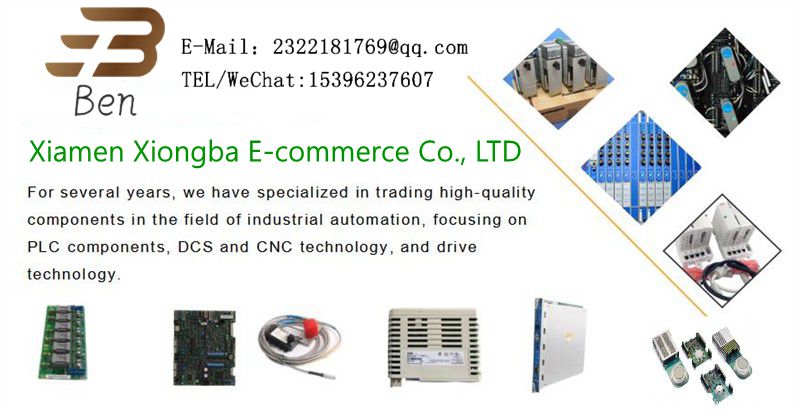
| IC697ALG320 |
| IC697BEM713 |
| IC697CPU731 |
| IS200DSPXH1D |
| IS200EACFG2A |
| IS200ECTBG2A |
| IS200EDCFG1A |
| IS200EDEXG1A |
| IS200EGPAG1B |
| IS200EISBH1A |
| IS200EMIOH1A |
| IS200EPCTG1A |
| IS200EPDMG1B |
| IS200EROCH1A |
| IS200ESELH1A |
| IS200EXAMG1A |
| IS200EXHSG4A |
| IS200TBACIH1B |
| IS200TBAIH1C |
| IS200TGENH1A |

